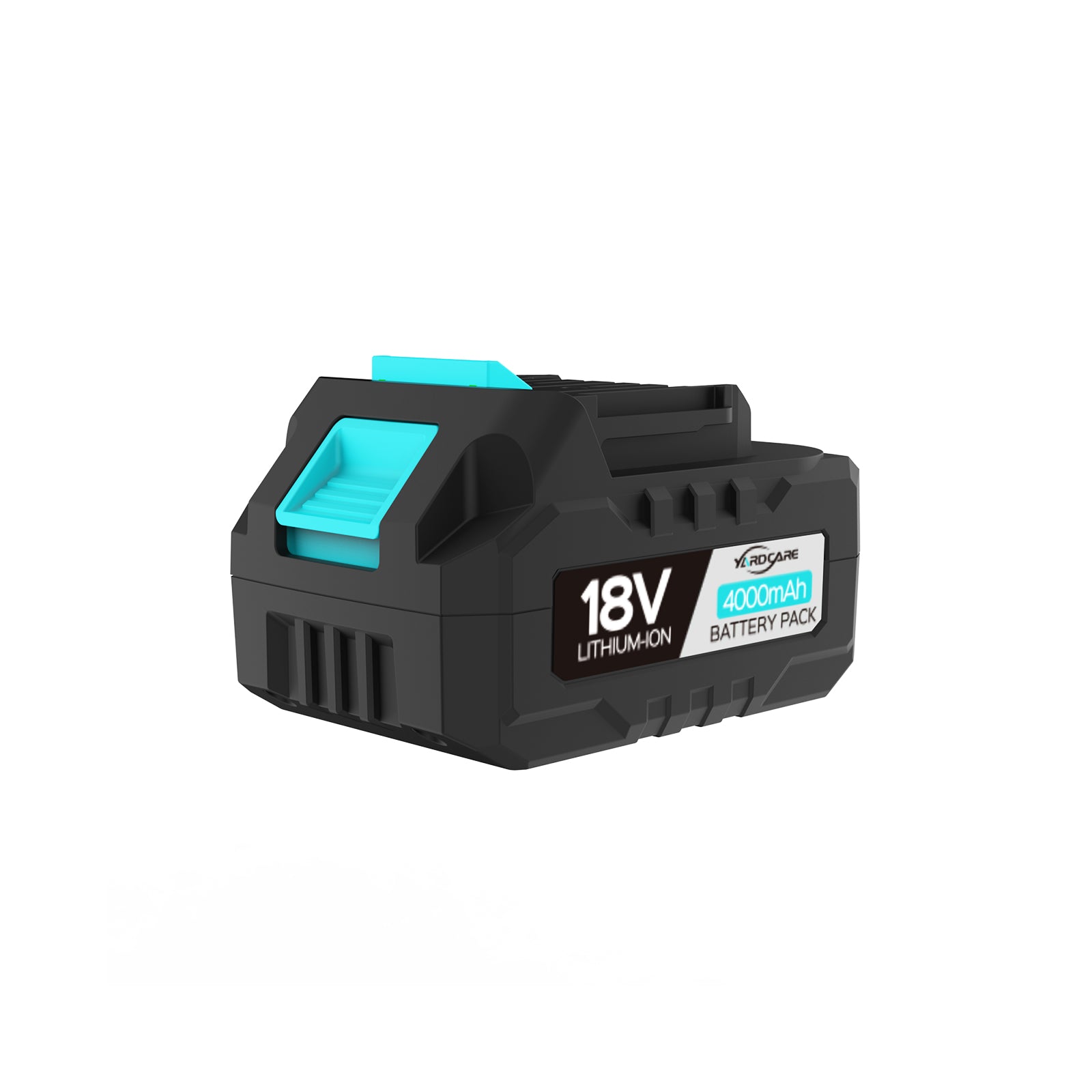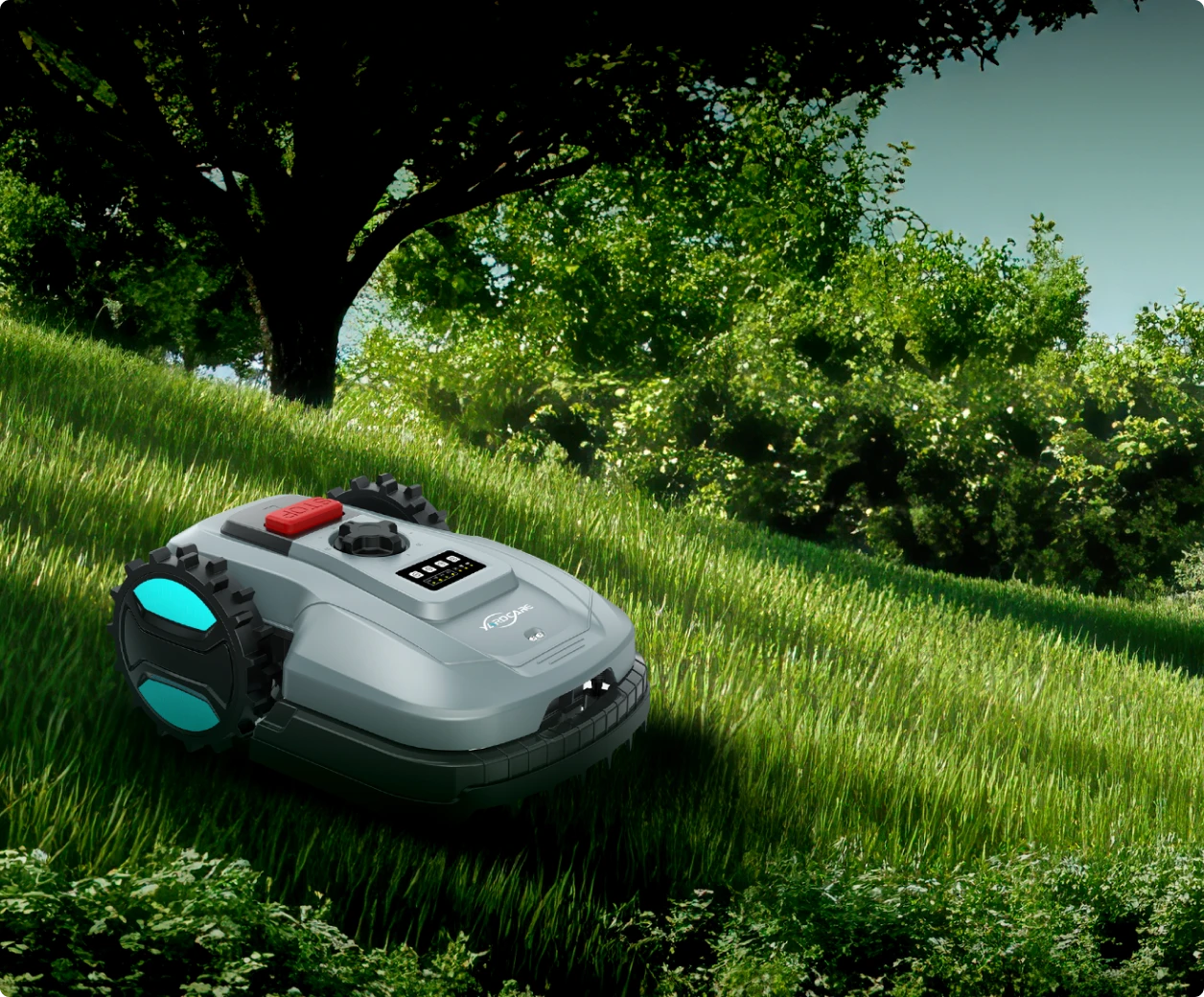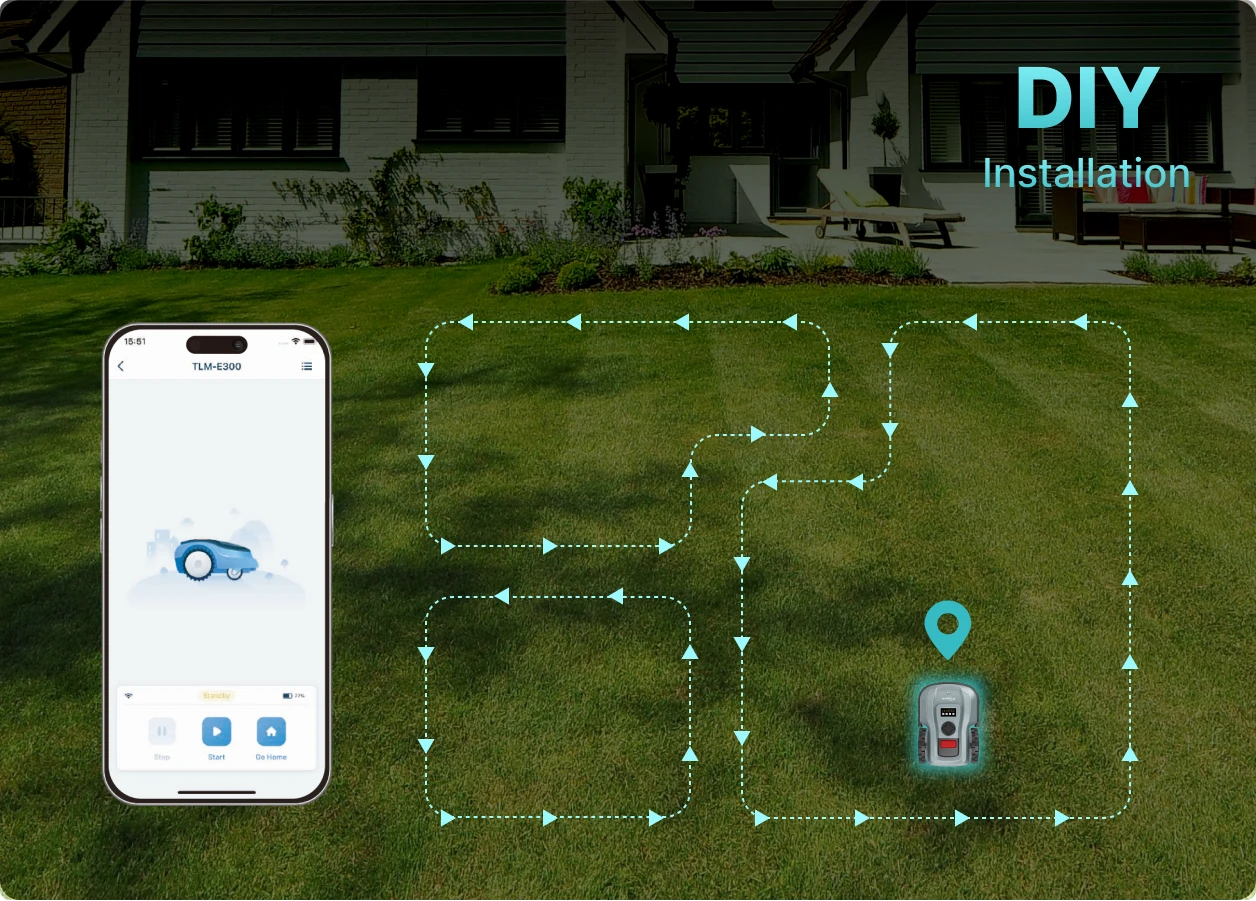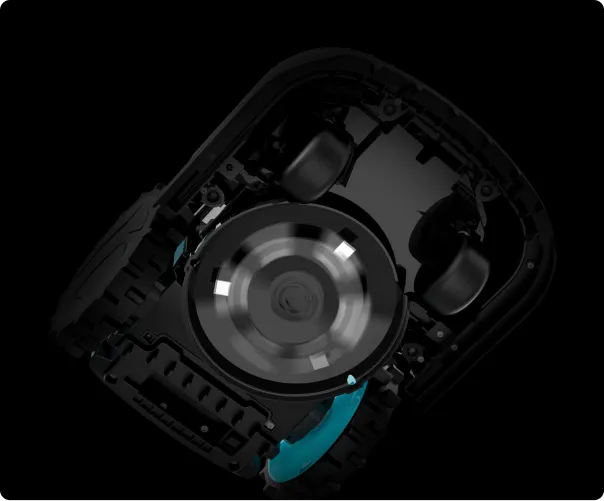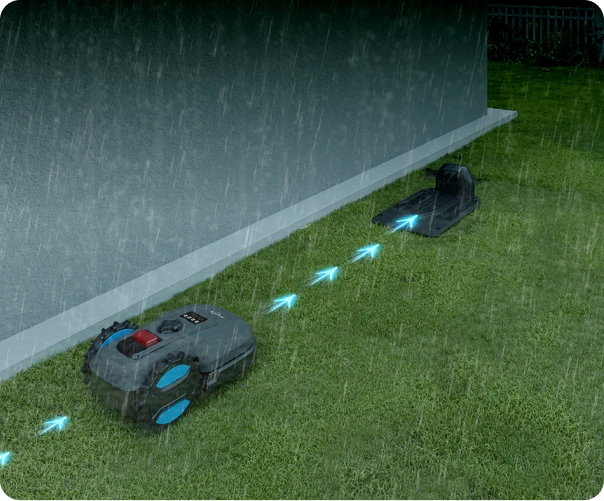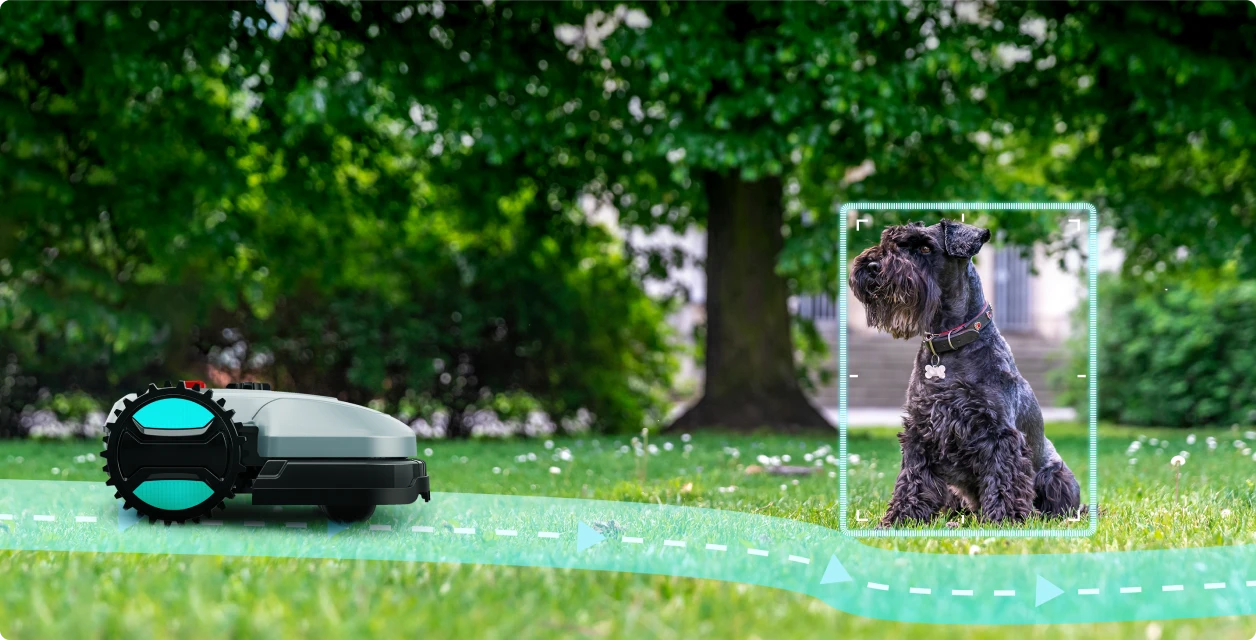YARDCARE 13" 2-in-1 Dethatcher & Scarifier
YARDCARE 13" 2-in-1 Dethatcher & Scarifier
- 2-in-1 Dethatching and Scarifying Function
- High-Torque 3000 RPM Motor for Efficiency
- Four Depth Settings for All-Season Use
- Dual Safety Switches and 30L Collection Bag
- Tool-Free Folding Design for Easy Storage
Couldn't load pickup availability
- Daily
deals -
Return
policy -
Payment
method - Help center
24/7











Powerful Performance for Professional-Level Results



Multi-functional 2-in-1 Design
Problem it solves: Thatch (a layer of dead grass, roots, and debris) blocks water, air, and nutrients from reaching the soil.
2. Scarifying Mode
Problem it solves: Compacted soil and shallow roots weaken grass growth.

Why 2-in-1?
✔ Eliminates thick thatch (>0.5cm) to prevent disease
✔ Enhances water & nutrient penetration
✔ Maximizes fertilizer efficiency
Scarifying Mode:
✔ Aerates compacted soil
✔ Strengthens roots for denser turf
✔ Prepares a perfect seedbed for overseeding


2️⃣ 13" working width + adjustable depth (0-0.47") removes deep thatch without grass damage
3️⃣ 2-in-1 system toggles between dethatching/scarifying modes
4️⃣ Ergonomic design eliminates back strain vs. traditional rakes
5️⃣ Steel blades last 10x longer than rake tines for long-term savings


What's in the box







Download


FAQs
Dethatching is the process of removing thatch—tightly-bound plant material found at the surface of a lawn. This improves soil drainage and nutrient absorption to boost lawn health and encourage new growth.
Dethatching is a process that tears out material from the lawn, so it may leave behind some bare spots. These areas should be reseeded to promote fresh grass growth to create a picture-perfect lawn.
First, remove all debris from the yard—including sprinkler heads and other obstacles. Next, mow your lawn to half of its normal cutting height. This lower height allows the dethatcher to work more effectively.
Dethatching should occur when grass is actively growing with moderate soil moisture. The best time for dethatching varies by grass type, which is usually late spring-early summer for warm-season grasses & early spring-fall for cool-season grasses.
Set the depth according to the grass type and the thickness of the thatch. Deeper settings will remove more thatch, which may be necessary if you haven’t dethatched in a while. Refer to the manual for specific height measurements of each position.
- Choosing a selection results in a full page refresh.
- Opens in a new window.
